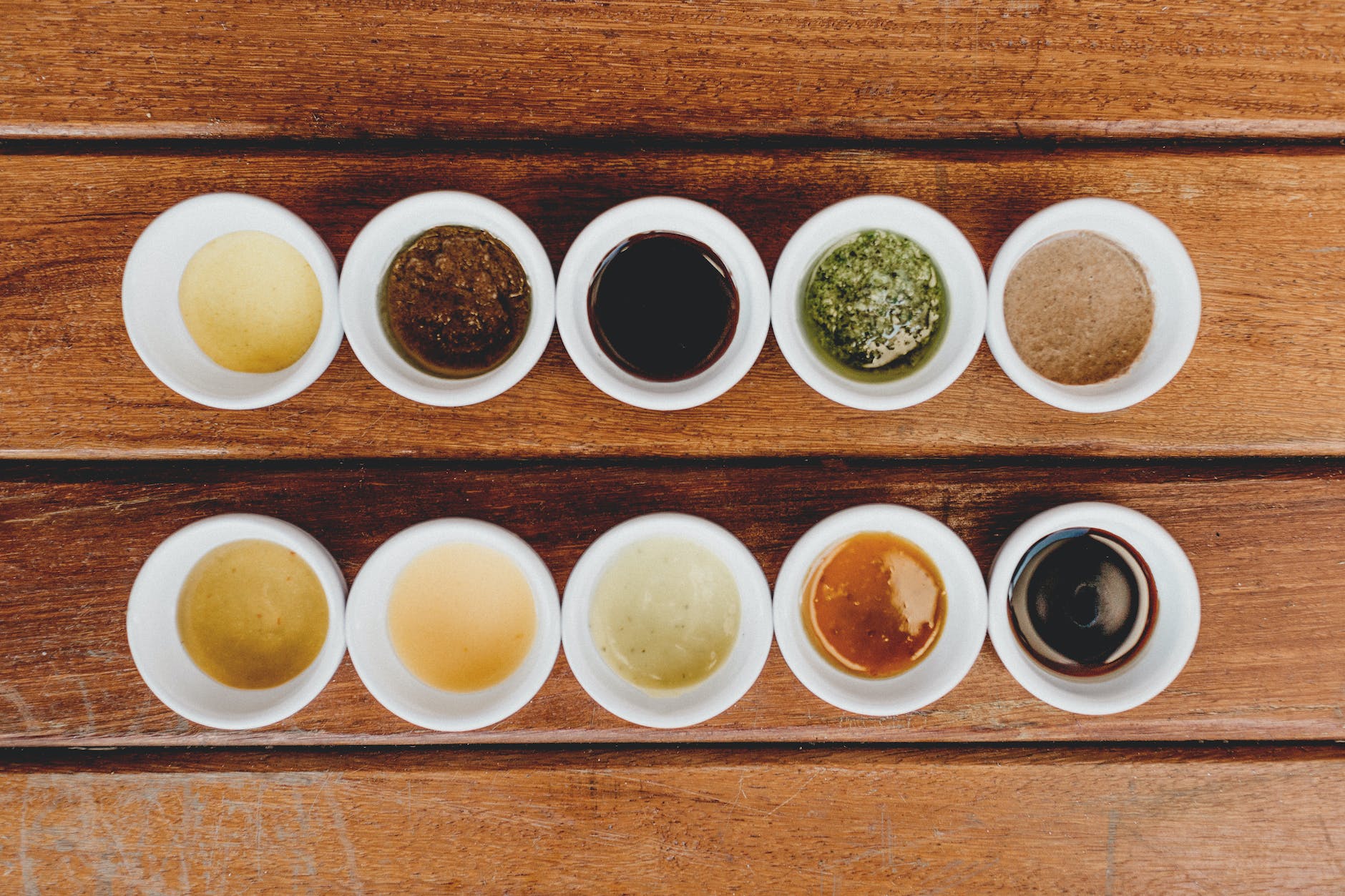The Art of Sauce Making: Mastering Classic Recipes
Introduction: Unveiling the Timeless Craft of Sauce Making
Sauce making is an art form that has been passed down through generations, captivating the palates of food enthusiasts and professional chefs alike. The ability to create a perfectly balanced sauce can elevate a dish from ordinary to extraordinary, adding depth, flavor, and complexity. In this article, we will delve into the world of sauce making, exploring the essential ingredients, techniques, and classic recipes that form the foundation of this timeless craft.
Exploring the Foundations: Essential Ingredients and Techniques
To master the art of sauce making, one must first understand the essential ingredients and techniques that form the building blocks of a great sauce. The key to a successful sauce lies in the balance of flavors, textures, and aromas. Common ingredients such as butter, flour, stock, and seasonings are often used as a base, while additional ingredients like herbs, spices, and wine can be incorporated to enhance the overall taste profile.
Techniques such as roux-making, reduction, and emulsification are crucial in achieving the desired consistency and texture of a sauce. A roux, made by cooking equal parts flour and fat, serves as a thickening agent and provides a velvety smoothness to the sauce. Reduction, on the other hand, involves simmering a liquid to concentrate its flavors, resulting in a more intense and flavorful sauce. Emulsification is the process of combining two immiscible liquids, such as oil and vinegar, to create a stable and creamy sauce.
The Versatile Elegance of Béchamel: Perfecting the Creamy White Sauce
One of the most versatile and widely used sauces in the culinary world is béchamel. This creamy white sauce, made from a roux and milk, forms the base for many classic dishes such as macaroni and cheese, lasagna, and gratins. The key to a perfect béchamel lies in achieving the right consistency and flavor balance.
To create a smooth and velvety béchamel, it is important to cook the roux until it reaches a pale golden color, as this will eliminate any raw flour taste. Gradually adding warm milk to the roux while whisking continuously helps prevent lumps from forming. Seasonings such as nutmeg, white pepper, and salt can be added to enhance the flavor profile of the sauce. The result is a rich and creamy sauce that adds a touch of elegance to any dish.
Demystifying the Richness of Velouté: Elevating Your Savory Dishes
Velouté, another classic sauce, is known for its rich and silky texture. Made from a light roux and a white stock, such as chicken or fish, velouté is a versatile sauce that can be used as a base for various savory dishes. Its delicate flavor profile allows it to complement a wide range of ingredients, making it a staple in French cuisine.
To create a velouté, a light roux is made by cooking equal parts flour and butter until it reaches a blonde color. This roux is then combined with a white stock and simmered until the desired consistency is achieved. The result is a smooth and velvety sauce that adds depth and richness to dishes such as poached fish, roasted poultry, and vegetable gratins.
Embracing the Tangy Delight of Hollandaise: Mastering the Classic French Sauce
Hollandaise sauce, a classic French sauce, is renowned for its tangy and buttery flavor. Made from egg yolks, butter, and lemon juice, this sauce is notoriously difficult to master but is well worth the effort. Hollandaise is commonly served with eggs Benedict, asparagus, and grilled fish, adding a luxurious touch to these dishes.
The key to a successful hollandaise lies in achieving the perfect balance of flavors and a smooth, creamy texture. The sauce is made by whisking egg yolks and lemon juice over a double boiler until they thicken. Clarified butter is then slowly incorporated into the mixture, resulting in a rich and velvety sauce. The addition of a pinch of cayenne pepper or a dash of hot sauce can add a subtle kick to the sauce, enhancing its overall flavor profile.
Beyond the Basics: Elevating Your Culinary Skills with Espagnole and Tomato Sauces
While béchamel, velouté, and hollandaise are considered the foundation of classic French sauces, there are two additional sauces that can take your culinary skills to the next level: espagnole and tomato sauces.
Espagnole sauce, also known as brown sauce, is a rich and flavorful sauce made from a brown roux and a brown stock. It forms the base for many other sauces, such as demi-glace, and is often used in dishes like beef stews and braised meats. The deep, savory flavors of espagnole sauce can add complexity and depth to any dish.
Tomato sauce, on the other hand, is a staple in Italian cuisine and is incredibly versatile. Made from tomatoes, onions, garlic, and herbs, tomato sauce can be used in pasta dishes, pizzas, and as a base for other sauces. The key to a great tomato sauce lies in using high-quality tomatoes and allowing the sauce to simmer slowly, allowing the flavors to meld together.
In conclusion, the art of sauce making is a timeless craft that requires a deep understanding of ingredients, techniques, and classic recipes. By mastering the foundations of sauce making, such as béchamel, velouté, and hollandaise, and exploring more advanced sauces like espagnole and tomato, one can elevate their culinary skills and create dishes that are truly extraordinary. So, grab your whisk and saucepan, and embark on a journey of flavor and creativity in the world of sauce making.
